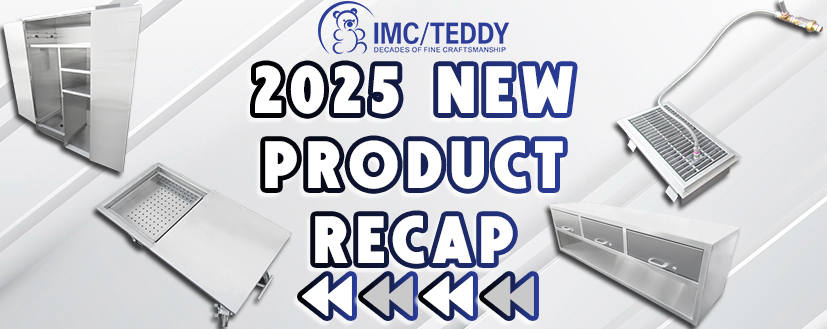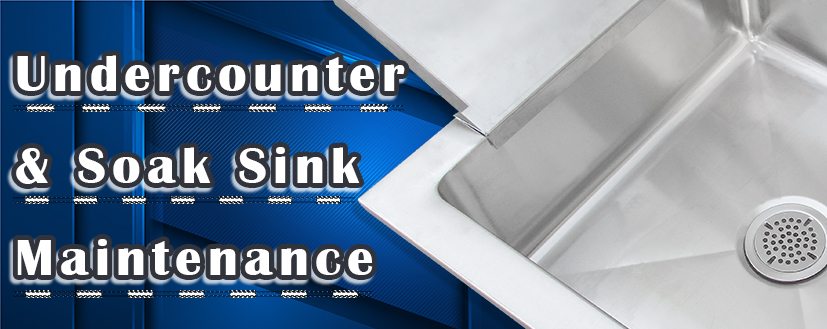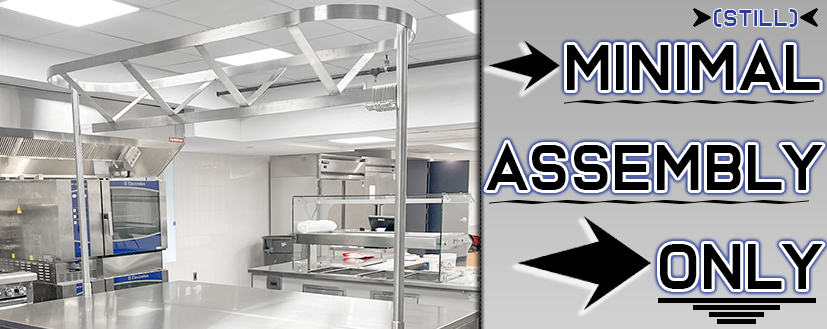The Ultimate Guide to Maintaining an IMC Mop Sink

Janitorial equipment is used daily in every commercial facility. Mops, brooms, sponges, cleaners & so on are utilized to keep your business hygienic & in the best condition. If you regularly mop hard floor surfaces, mop sinks are a mandatory item. Over time, mop sinks need care just like any other product. What are some maintenance tips to keep your mop sink in working condition?
In this article, we’ll review 4 ways to maintain your IMC mop sink in order to make your cleaning routine easier. Let’s begin.
1. Clean the Sink (Obviously!)
The most basic tip we can give you is to clean the mop sink daily. This includes using a simple, non-abrasive cleaning agent like baking soda. For cleaning tools, use a microfiber cloth, soft sponge, or plastic scouring pad. Never use wire or wool pads or any other harsh tools. Avoid these other mistakes as well.
The challenge with cleaning a mop sink is getting all the corners & crevices taken care of especially if the mop sink is situated in a close quarters area. Clean your mop sink before & after service to prolong the life of your equipment.
2. Strainer Service
The strainer is what keeps clogs from happening (more on this in the next tip). With that said, get into the habit of detaching the strainer & dumping out the excess dirt/debris every day. Spray it down with some high-pressure water to get all of the tidbits off the strainer. It should look crystal clear.
Failure to do so will result in poor water drainage & a potential clogging problem which could cost you significant downtime.
3. Clog Detection
Detach the strainer and look for any clogs or debris that may be caught down deep in the drain. If a substantial clog occurs, consider any of the following methods to fix the problem:
A. Use a small brush to scrub inside to clear any obstructions.
B. Use a drain cleaner such as vinegar and pour to down the drain to dissolve any dirt or grease.
C. For serious clogs, consider using a drain snake to break up or push through clogs.
The drain must always be clear!
4. Accessory Checks
Mop sinks need water from an initial source. Most mop sinks have a service faucet above them to fill the sink with water. Make sure this faucet is in working order, so that running water is ready at all times.
Mop sinks may also be equipped with legs to elevate them off the floor. Make sure these legs are balanced & not wobbly. A common mop sink option is rear & side splashes to avoid any excess spillage onto your walls. Make sure the splash guards are straight & not bent.
IMC’s mop sinks are constructed from 16-gauge Type 304 stainless steel & made in the USA. With a wide variety of mop sinks available, they all need to be maintained the correct way in order to get the most out of them. To learn more about how IMC’s utility sinks, click here.




